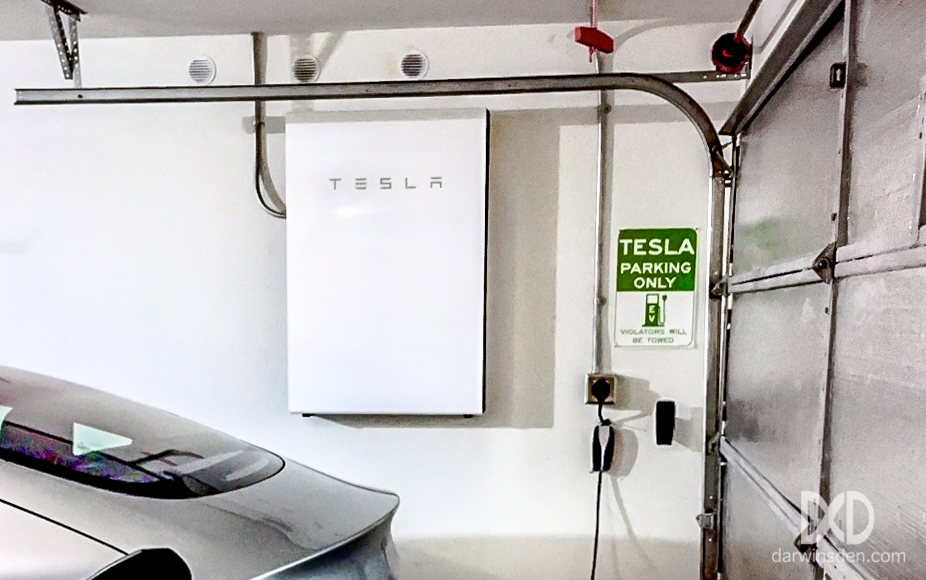I’ll be doing the same once we are there full time. Originally it was a holiday house, but eventually it will be the main home once we both retire. We have 2 spare bedrooms that we turn off except when guests come and a Daikin SKYFi feature that allows you to turn it on remotely.It is the only heating we have (Blue Mountains). Our AC system is quite old but very smart and we can leave it "on" 24x7. We have 5 separate zones for different parts of the house and each zone has 5 different time periods that can be programmed with different heating and cooling settings.
Three of the zones are for areas we don't use much and so we have them essentially shut off. The other 2 zones are set up to be comfortable when we're using them and a bit less comfortable when not using them.
p.s. Daikin SKYFi is a pos compared to the Tesla app.




